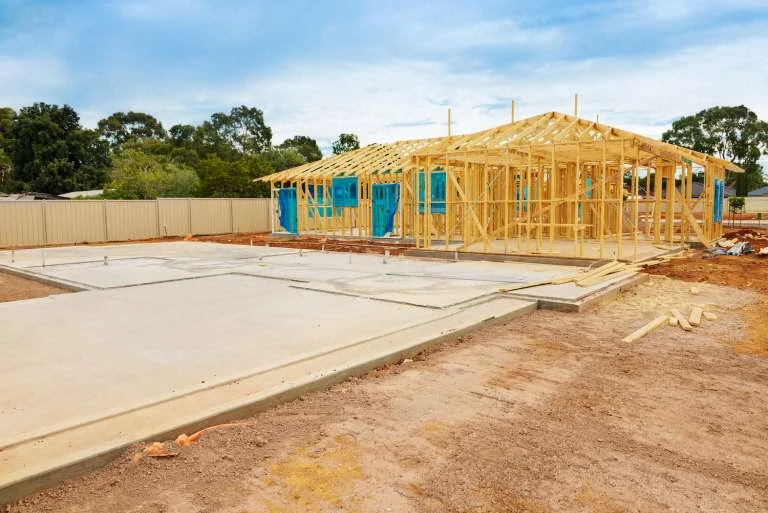Termite protection is often overlooked when carrying out renovations. But if you want to make sure your renovations don’t become an easy meal for termites or worse still, provide termites with an easy entry point to eat the whole house (!), termite protection measures need to be considered at the planning stage.
Termite protection requirements are specified in the building codes
In fact, termite protection measures are required for all new builds and a large number of renovations. Certainly, if you need building approval, you will need to make sure the building or renovation is compliant with the termite protection requirements. If you don’t, the building inspector won’t sign off the project and it could be very expensive to fix!
A compliant termite protection system is an integration of building construction features and termite protection products such that it eliminates all potential concealed termite entry points. For example, the gap around a drainage pipe passing through the concrete slab into the ground creates a common entry point for termites. By embedding a durable plastic collar round the pipe during the pouring of the concrete slab, the gap is sealed and a potential termite entry point eliminated.
Termite protection for new homes and extension

Whilst not the focus of this article, termite protection is a must for all new homes. Whether built on concrete slab or on piers, the building needs to be protected from termites. The termite protection products are generally built into the home during construction. Often a range of products are used, physical products such as the traditional metal “ant” caps and chemical treatments.
The physical barriers are designed to last the life of the building and recent updates to regulations have also specified that if chemical treatments are used, there needs to be a method of re-applying the chemical to ensure the building remains protected. For example, if chemical is applied underneath a concrete slab or path/driveway, there needs to be a reticulation system installed underneath the slab as well, to allow fresh chemical to be applied every few years. (A reticulation system is a series of pipes with small holes that allows chemical to be pumped into the pipes and leak into the soil).
When building an extension to a home, one of the key areas to pay particular attention to is the join between the original building and the extension – this is always a potential weak point which (if not protected) gives termites an easy way in.
Bathrooms, laundries and kitchens
Internal renovations, particularly to the wet areas such as bathrooms, laundries and kitchens don’t always need building approval, but they certainly need termite protection! The combination of utility pipes connecting the building to the ground and the potential for leaks and moisture, mean that termite protection in these areas is essential.
These are often areas where DIYers often tackle the job themselves and completely overlook the need for termite protection. Far from saving money by doing a bit of DIY, it can often turn into a very expensive termite attack.
It is essential that all pipework and concrete joins are protected from termites and that the plumbing and waterproofing is perfect.
Decks and landscaping

Building a deck, laying pavers, paths and driveways, and doing landscaping are common home improvement projects tackled by the homeowner. But before starting these jobs termite protection needs to be considered.
Decks, even those built using termite “resistant” timber require protection. Not only to protect the deck itself (no wood is completely termite resistant), but the deck can create a termite highway and easy access to the main house.
Any landscaping element that abuts the building needs to be considered carefully as it can compromise existing termite protection measures that may be in place. For example, paths and garden beds are commonly laid alongside the building hiding the existing termite protection measures and thus creating a concealed entry point for termites.
A word of warning… don’t assume the landscapers or builders know the termite protection requirements, they often don’t. Give a termite professional a call to ensure you get the correct advice.
Talk to us before you start
Before you start your building, renovation or landscape project, please give us a call. If we can input at the planning stage, we can make sure you have considered the necessary termite protection options before you start and often we can make recommendations to the project design that will make it more “termite smart” overall and potentially save you money.
What if you forget about your termite protection?
As we’ve indicated, it’s not uncommon for termite protection to be overlooked during a renovation. If you get your building approval rejected for lack of termite protection we can still help! Although we cannot install many of the termite protection systems after the building has been built, we do have alternatives, such as the Inground Interception systems or Always Active baiting systems. These are very effective in protecting properties but will generally be more expensive than a system installed during construction, so it pays to get the termite protection installed as you build.

